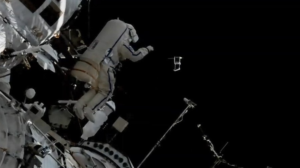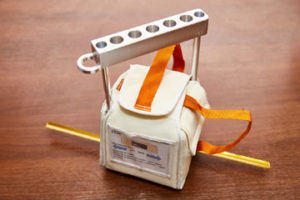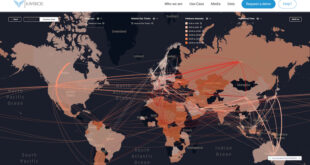
August 15, 2018 at 18:51 UTC, a beacon signal was received from the SiriusSat-1 satellite. The SiriusSat-2 satellite has not made contact yet.
Two SiriusSat cubesats assembled by school students of the Sirius educational center in the city of Sochi were launched on August 15, 2018 at 16:52 UTC and 16:56 UTC during the scheduled spacewalk of two Russian cosmonauts on the International Space Station. SiriusSat-1 (its unofficial name is Presidential) was demonstrated to Vladimir Putin in Sochi during his visit to Sirius in the summer of 2017. The school students who had assembled the spacecraft, asked the president to help them with putting the satellite into orbit. As a result, it was decided to launch two cubesats with one rocket: SiriusSat-1 and SiriusSat-2. They are designed to study space weather: solar flares, geomagnetic storms and other phenomena caused by solar activity on Earth.

Any radio amateur can take part in receiving signals from SiriusSat-1 and SiriusSat-2. To decode telemetry, the SPUTNIX Telemetry Viewer program is used.
The SiriusSat-1 and SiriusSat-2 cubesats were assembled on the basis of the OrbiCaft-Pro cubesat nanosatellite platform developed by the private Russian space company SPUTNIX. School students at the Sirius educational center (Sochi) with input from SPUTNIX specialists assembled both spacecraft.
 SpaceWatch.Global An independent perspective on space
SpaceWatch.Global An independent perspective on space




